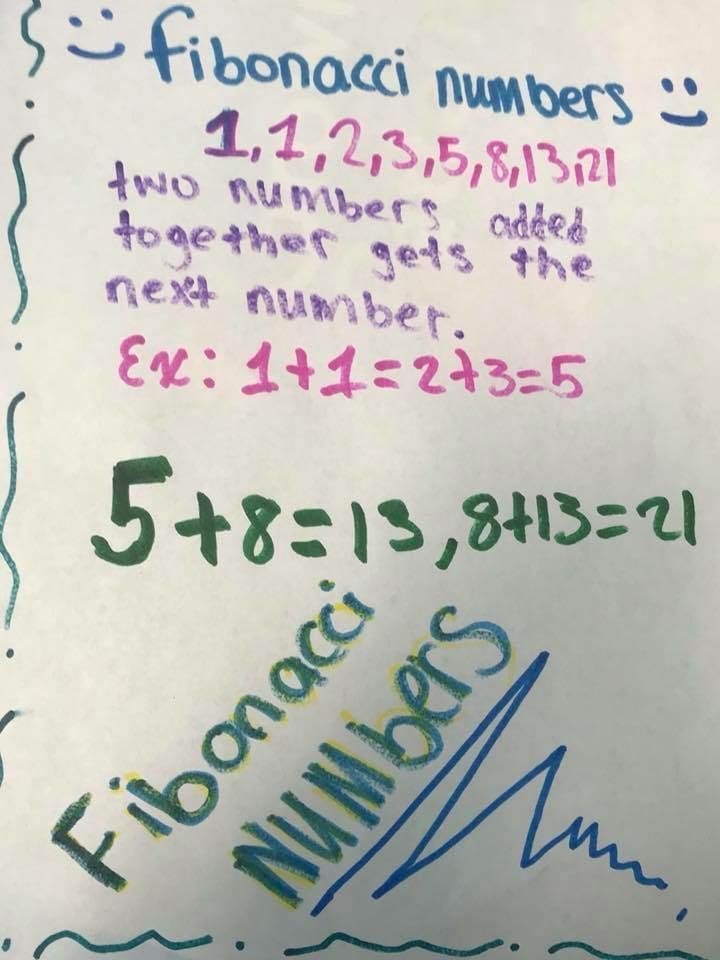If you are looking for a way for students to understand the importance of number sequences and patterning in the real world, the Fibonacci sequence is a natural way to accomplish this. While gifted and talented students can dive into this topic deeply, all students can understand it. As Mensa For Kids puts it, “the prevalence of their appearance in nature and the ease of understanding them makes them an excellent principle for elementary age children to study.”

Introducing Fibonacci
The Fibonacci sequence is named after the Italian mathematician Leonardo Fibonacci, who explained the sequence in his book Liber Abaci in 1202. This introduced the sequence to Western European mathematics. However, the sequence was already known to Indian mathematicians. Fibonacci was investigating how fast rabbits could breed under ideal circumstances. The book Rabbits Rabbits Everywhere by Ann McCallum presents this problem in a child appropriate way. It’s a fun story with great illustrations. The Rabbit Problem by Emily Gravett is another option.
Blockhead: The Life of Fibonacci is fictionalized history (historians know very little about Fibonacci’s life) but my students loved it. It offered a clear explanation of the sequence and many colorful visual representations. This book was named a Mathical Honor Book in 2015.
Fibonacci in Nature
After learning what the sequence is, students can see how it appears in nature. The book Growing Patterns: Fibonacci Numbers in Nature has gorgeous color photographs that clearly show this. We also read Swirl By Swirl: Spirals in Nature. Then we examined different objects from nature including cauliflower and pineapples. We traced the spiral of a pinecone with glitter glue and counted the petals on flowers. As an art project, we made springy spiral snakes. Crayola also has a lesson on creating Fibonacci Flowers.
Pictures of the spiral in nature are also available at The Helpful Art Teacher.
Fibonacci Projects
Fibonacci Art Project from What We Do All Day
Draw the Fibonacci spiral on graph paper in this activity from Math Fairy.
Make the Fibonacci spiral or tile a plane by measuring and cutting squares.


In this math art lesson from A Faithful Attempt, 4th-6th graders use a bleeding markers technique to “paint” the spiral.
Free printable Fibonacci pattern coloring pages at Yummy Math
Additional Resources
The Magic of Fibonacci Numbers by Pragmatic Mom has several video links, pictures of the spiral in nature, and information about how she taught her homeschooled son. She calls this her “Spiral Mathematics for Dummies Post.”
Fibonacci Sequence from Maths is Fun. goes deeper into the numbers explaining how you can use the Golden Ratio to calculate them as well as how the sequence also works below zero.
Visualizing Pi– Students created a mural of the golden spiral constructed by Fibonacci numbers in order to show the relationship between the golden ratio and pi. This is beautiful art!
Fibonacci Online 2048 Game at Cool Math
Fibonacci sequence on Brain Pop
